
Newsletter Subscribe
Enter your email address below and subscribe to our newsletter


Enter your email address below and subscribe to our newsletter

According to our recent LinkedIn survey results, 58% of ophthalmologists incorporate alternative or complementary therapies into their treatment plans for ocular diseases. This indicates that many healthcare professionals recognize the importance of a holistic approach to eye health. The Importance…
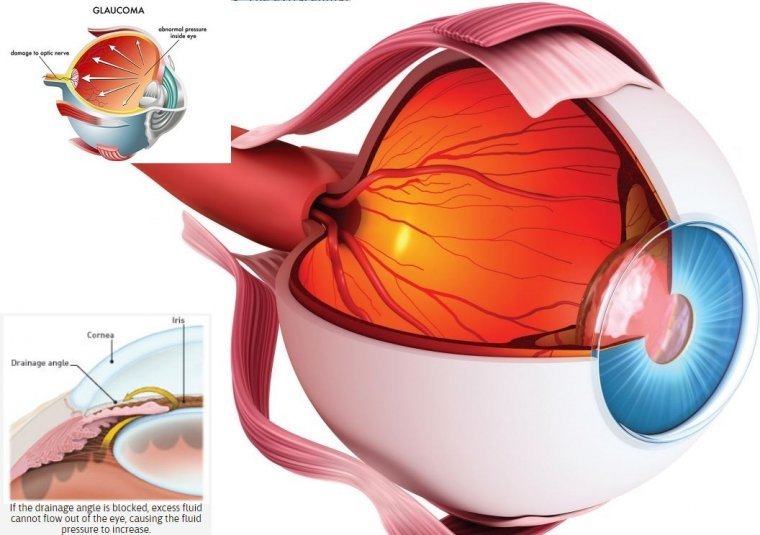
Glaucoma causes include elevated eye pressure (called intraocular pressure or IOP) due to the eye’s inability to drain fluid efficiently. A clear fluid called aqueous humor circulates inside the front portion of our eyes. To maintain a constant healthy eye…
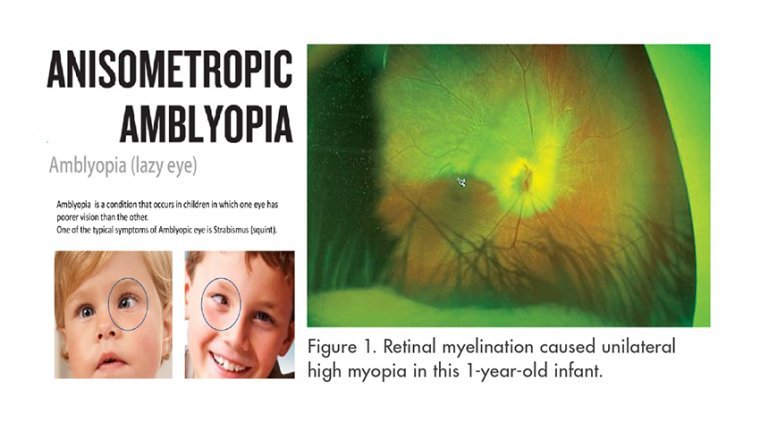
Anisometropic amblyopia is an insidious disease because unlike strabismic amblyopia, the eyes appear normal to an observer. Anisometropic amblyopia is most commonly caught by vision screening either in a pediatrician’s office or in the school system. Anisometropic amblyopia is the…

What Is Presbyopia? Presbyopia is a common, age-related vision condition that affects the eye’s ability to focus on near objects. As people age, the lens of the eye becomes less flexible, making it increasingly challenging to adjust focus between objects…
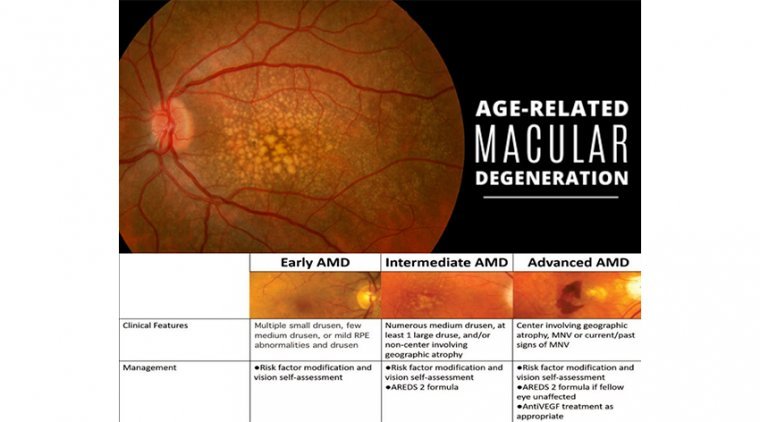
Age-related macular degeneration (AMD) is diagnosed by a comprehensive eye exam and other testing. There are three general stages of AMD, partly based on the size and amount of drusen found under the retina on examination. Early AMD In early…
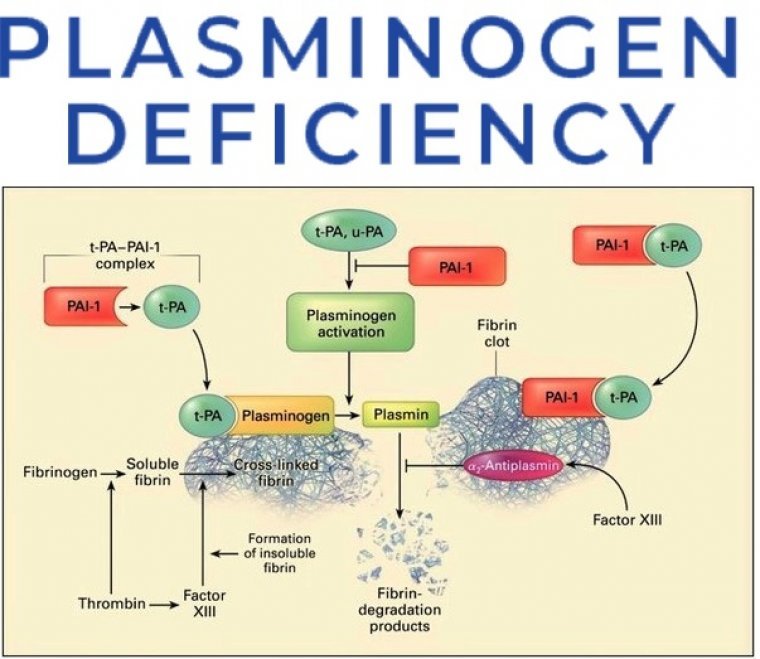
Two types of plasminogen deficiency are described in the medical literature. Congenital type 1 plasminogen deficiency is a quantitative disorder with parallel reductions in both the level of immunoreactive and functional plasminogen; type1 plasminogen deficiency is also called hypoplasminogenemia, and…
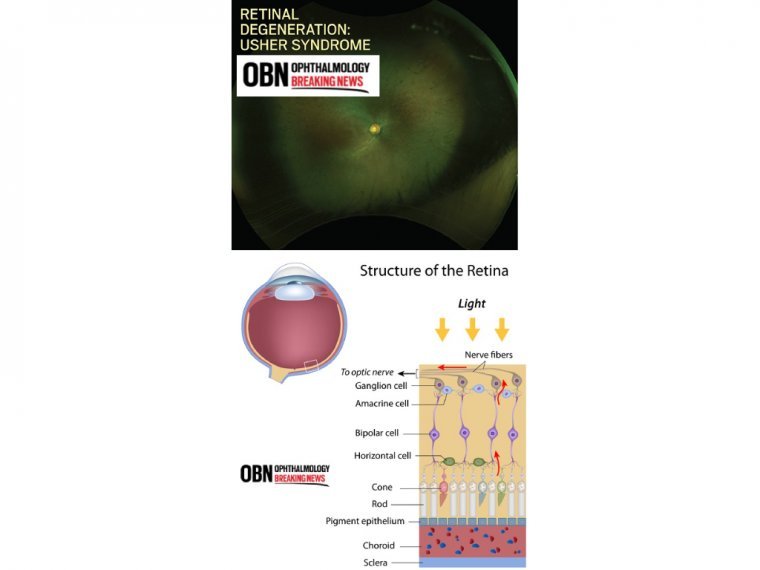
Usher syndrome is the most common condition that affects both hearing and vision; sometimes it also affects balance. The major symptoms of Usher syndrome are deafness or hearing loss and an eye disease called retinitis pigmentosa (RP). Deafness or hearing…
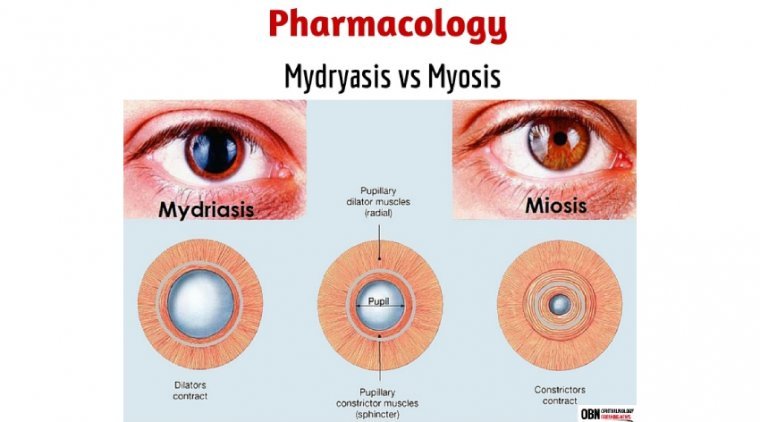
Modern cataract surgery is generally a successful procedure. Recent advancements—which involve the use of pre- and intraoperative pharmacological protocols combined with optimal instrumentation allow for well-tolerated and effective procedures in the vast majority of patients. The maintenance of mydriasis and…
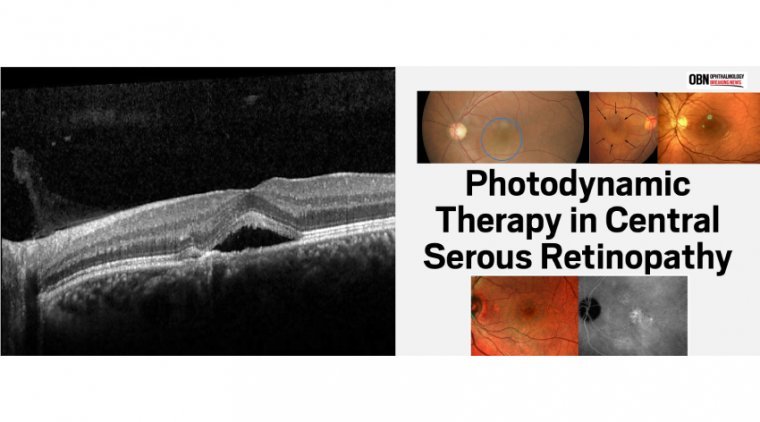
Chronic central serous chorioretinopathy (CSC) is best treated with photodynamic therapy, while a watch and wait approach is a reasonable option for acute disease. CSC is the fourth most common maculopathy after age-related macular degeneration, diabetic macular edema, and retinal…

Charles Bonnet syndrome (CBS) is characterized by the presence of complex visual hallucinations in psychologically healthy but visually impaired people. It has been well described in the adult population but has been less well characterized in children. Charles Bonnet syndrome causes a…